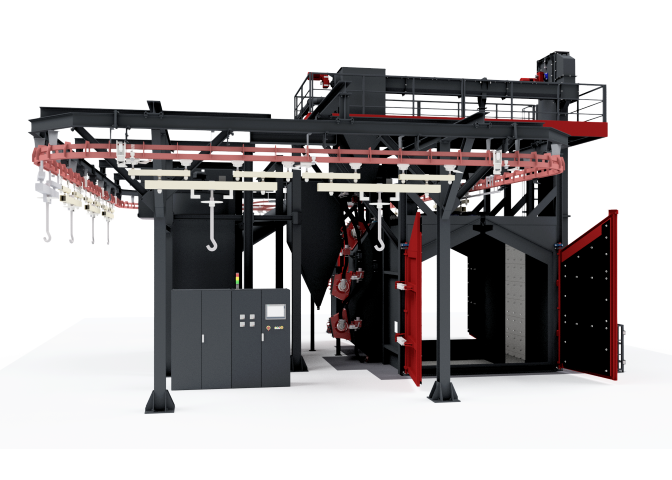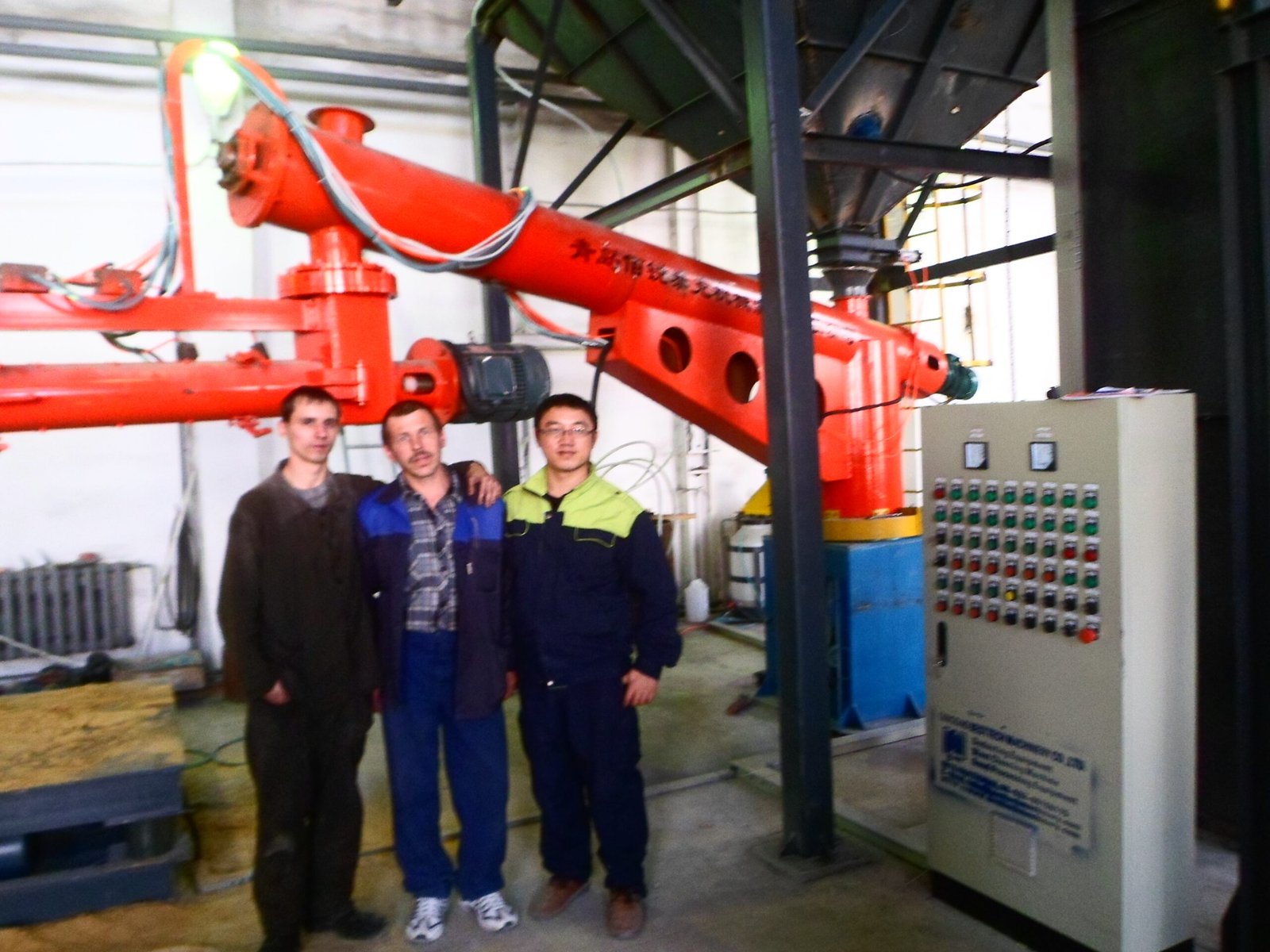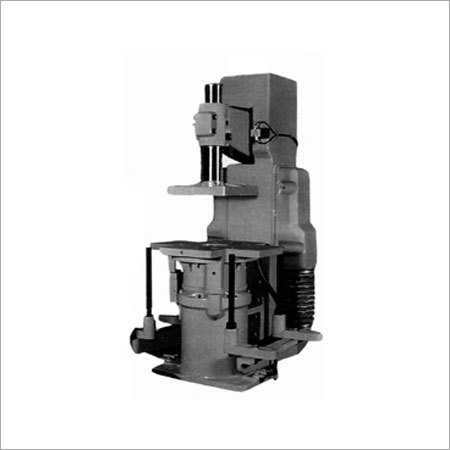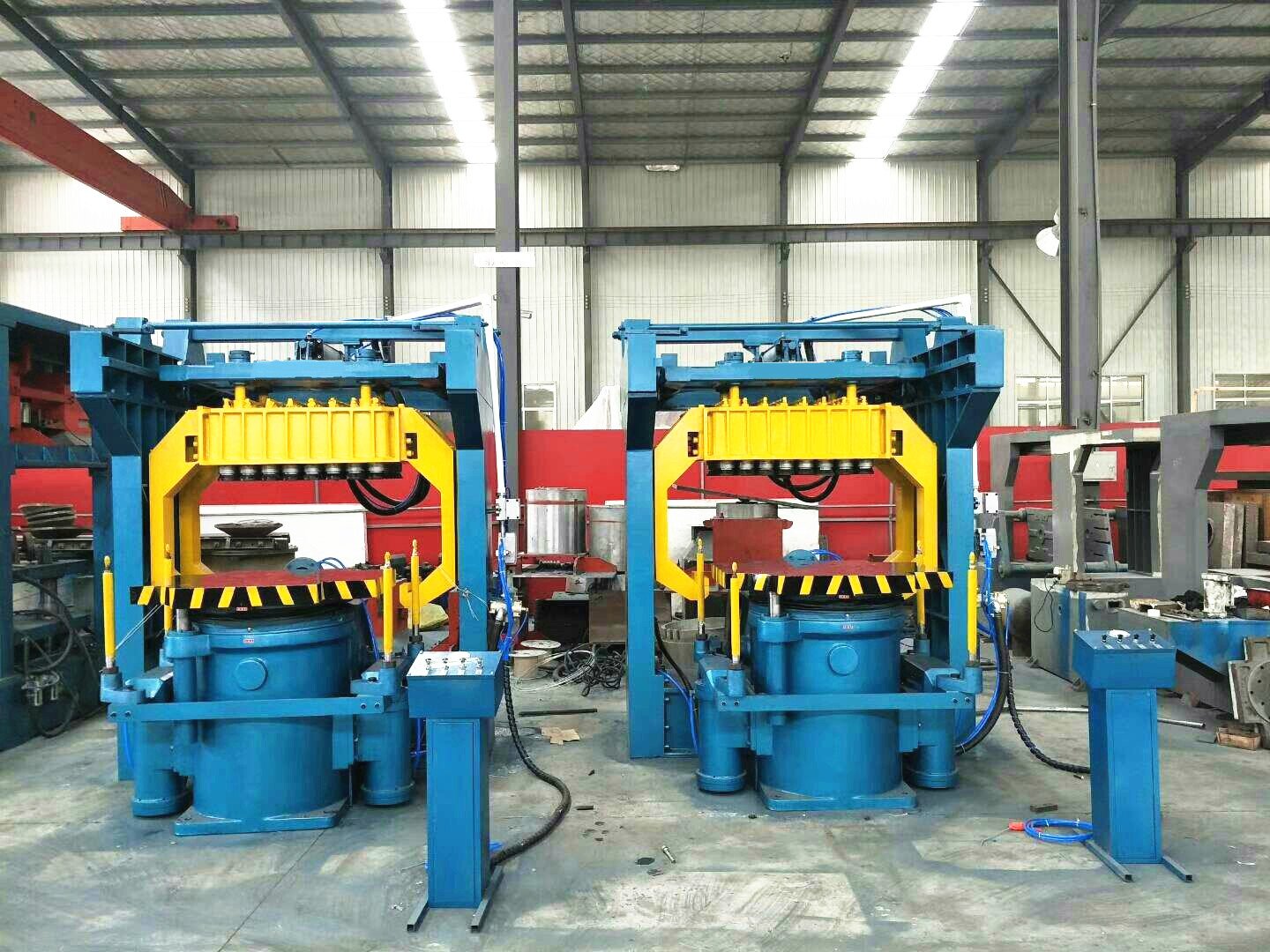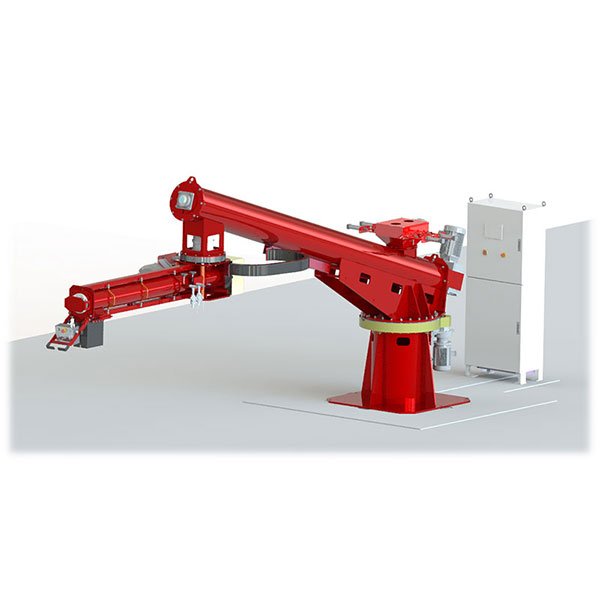
We lost three full days of production chasing castings that looked clean—but weren’t.
Shot blasting is more than surface prep. It's a process integrity tool that removes scale, sand, and flash while enabling paint adhesion and dimensional control.
If you're still relying on visual checks or partial cleaning methods, chances are you're paying for that decision somewhere else in your production line.
What Casting Residue Really Is—And Why So Many Cleaning Systems Struggle
You don’t fully grasp residue issues until you're digging out fused sand from a 12mm oil channel at 1 a.m. because a gearbox failed tolerance testing.
Oxide scale, embedded sand, and mold flash are more than cosmetic—they’re bonded, persistent, and dangerous to downstream precision.
What makes these residues so difficult:
- Oxide scale: Forms during air cooling, and once crystalized, resists manual brushing or low-pressure cleaning.
- Embedded sand: Common in complex geometries—especially blind holes or corners. Invisible during inspection, devastating in machining.
- Flash: Thin metallic burrs that fracture tooling edges, often overlooked during surface scanning.
In one project, we had coated castings pass visual inspection but fail salt spray within 100 hours. The cause? Trapped micro-sand under the primer layer.
Takeaway: If it’s bonded to the surface, it won’t come off with visual confidence or a wire wheel.
Why Shot Blasting Worked—When Our Grinding Stations Didn't
We used to rely heavily on acid dips and hand grinders. It made operators feel busy. But it didn’t eliminate the root problem—residue consistency.
Shot blasting works because it applies controlled kinetic energy evenly across part surfaces—including cavities and contours.
What changed for us:
- Uniform cavity access: With twin-turbine hanger systems, we reached zones no operator ever could.
- Standardized Ra: We consistently hit Ra 8–12 μm, ideal for paint anchoring and adhesive bonding.
- No more operator bias: Whether it’s Monday or midnight shift, the result doesn’t change.
- Cleaner air: Upgraded filtration removed over 90% of airborne fine particulate during blasting.
And about Ra: For powder coating, we found that anything under Ra 5 μm led to poor mechanical adhesion, especially in areas subject to vibration.
Takeaway: Shot blasting is repeatable, measurable, and directly correlated with downstream coating reliability.
7 Signs Your Shot Blasting System Is Holding You Back
If you need a grinder at the shot blast exit—your system isn’t doing its job.
Many systems fail not because they’re broken, but because they weren’t designed for today’s parts or throughput.

Red flags include:
- Uneven surface finish: Particularly in cavities or inner flanges.
- Manual post-processing: A sign your blast media isn't reaching—or isn’t strong enough.
- Frequent blade jams or media clogging: Often overlooked, but adds up to real downtime.
- Long cycle times: Your casting process may have scaled, but has the blaster kept up?
- Excess noise or dust: Many legacy systems breach modern environmental norms.
- Rejects linked to surface contamination: Especially in coatings or machining failures.
- Labor-heavy operations: If 2+ operators are working around one blast cycle, there's room for improvement.
Takeaway: These symptoms usually indicate your blasting system has fallen behind your product line.
Pro Tip: Use a decision flowchart. If your parts, media, reject rate, or coating requirements have changed, you need a system review. A flow diagram is available here.
What We Gained—By Upgrading Just 3 Components
We didn’t overhaul the whole system. We started with what was failing: wheel performance, media flow, and filter efficiency.
Our upgraded system helped cut rework by over 80% and nearly halved operator labor—all based on our 2023 Q4 line audit.
| Metric | Before | After |
|---|---|---|
| Cycle time per bracket | 5.5 min | 2.1 min |
| Scrap rate (coating fail) | ~9% | <1.5% |
| Operator labor per shift | 3 workers | 1.5 workers |
| PM2.5 air quality rating | Non-compliant | Within ISO Class 8 |
We installed:
- Curved-blade blast wheels with adjustable RPM
- A dual-stage media reclaim with magnetic and gravity filters
- A pulse-jet dust collector with variable fan speed
Takeaway: You don’t need a new machine to get new performance—just fix the highest-friction points.
Where to Focus Your Shot Blasting Upgrades
Most shops I visit have one or two weak links—not a total system failure.

Prioritize:
- Blast wheel efficiency: Aim for 75–85 m/s media velocity with 80–90% blade coverage.
- Media recovery: Poor reclaim = degraded media = ineffective blasting.
- Dust collection: Pulse-jet or cartridge filters cut exposure and extend machine life.
- Automation: Basic PLCs reduce guesswork and help with traceability.
- Work handling: Especially for large or oddly shaped parts—belt, hanger, or rotary table.
Takeaway: Upgrade what improves coverage, consistency, or uptime. Leave the rest.
How to Plan the Right Upgrade—Without Halting Production
Most managers hesitate because they fear downtime. But the truth is, smart upgrades don’t require shutdowns.
Your upgrade plan should reflect your actual bottlenecks—not just vendor proposals.
Planning steps:
- Document your failure modes: Where are defects happening?
- Audit your blast coverage and cycle times: Is media reaching every area?
- Review castings: If materials or geometries changed, your setup likely needs tuning.
- Define success: What are your KPIs—lower scrap, faster cycles, better Ra?
- Stagger upgrades: Install reclaim or filtration on weekends, then wheels or control during production breaks.
Takeaway: The best upgrades pay for themselves in 12–18 months without killing your line schedule.
Real-World Example: Agricultural Castings Done Right
A Turkish client producing axle arms had an old roller conveyor system from 2005. They suffered paint flake, media buildup, and long lead times.
We upgraded:
- Feed mechanism
- Blast wheels
- Media control panel
- Dust collection
Results (based on 6-month audit):
- Scrap rate dropped 82%
- Cycle time reduced from 6.4 min to 2.5 min
- Rework labor cut by 40%
- ROI achieved in 13 months
Takeaway: Most big improvements come from smart layout and better flow—not just hardware swaps.
FAQs—What Customers Ask Me Most
Q: Will I need to replace the entire system?
Not necessarily. 70% of performance gains come from 30% of upgrades—especially wheels, media, and reclaim.
Q: Can I use the same parameters for aluminum and steel castings?
No. Different alloys require different media hardness, flow rates, and Ra targets. Always validate with samples.
Q: How long does an upgrade take?
Usually 2–4 weeks total. But component installs can be staggered to avoid full shutdown.
Q: How do I upgrade during production?
Weekend installs or phased module upgrades (dust collector first, then wheels). Also consider rental units as temporary cover.
Q: What’s the price range?
From $40K (partial upgrade) to $250K+ (fully automated line with conveyors and digital controls).
Final Thought: If You’re Seeing Surface Failures, It’s Already Time
If you're troubleshooting paint issues, machining defects, or operator fatigue—don't blame the castings.
Blame the process that didn’t clean them right.
A properly upgraded shot blasting system protects your downstream investment—coatings, machining, and your customer’s trust.

